How do I encapsulate domain logic and preserve state in DDD+Clean Architecture
(For context I am developing in Angular) Historically my applications have tended towards the layered architecture that the Angular fraemwork leads you into. However I feel that the next application I write will benefit from leaning into Clean Architecture and DDD. I have read extensively on the patterns and am preparing for my first real-world excursion into this architecture. However I am stuck on what seems a very simple detail. Domain For simplictity the domain I am working with has an entity called Account. The Account has a method called setVIP which updates a number of properties within the account. My initial intention was to model this as a Class with public methods and private data UI I have a single view that displays the account and allows a number of actions against it e.g. 'set VIP'. There is a Save button which persists any changes made to the API via a single update call Application Will contain a facade to retrieve and update the Account Repository The concrete implementation of my service class called by my facades I will use interfaces to invert dependencies as per Clean Architecture. My problems is very simple. If I use an object of type Account as the request/response between Application and UI, the UI will be able to directly call the setVIP method on the Account object (which likely returns a new Account object for immutibility). My view will contain an Account object and my view populated directly from it. However passing domain objects around is not recommended. Alternatively I can call a facade method to setVIP which in turn would call setVIP on the class. However, it would either have to instantiate a new Account object at the start of the method or retrieve one from some state somewhere. After this it would likely return a DTO to the UI rather than the Domain Object Option 2 would cause me to maintain state in my application layer and then translate it to and from a DTO, just to avoid using the domain object directly. What's the correct approach? Apologies for such a noob question, but we've all got to start somewhere. Thanks
(For context I am developing in Angular)
Historically my applications have tended towards the layered architecture that the Angular fraemwork leads you into.
However I feel that the next application I write will benefit from leaning into Clean Architecture and DDD.
I have read extensively on the patterns and am preparing for my first real-world excursion into this architecture. However I am stuck on what seems a very simple detail.
Domain
For simplictity the domain I am working with has an entity called Account. The Account has a method called setVIP which updates a number of properties within the account. My initial intention was to model this as a Class with public methods and private data
UI
I have a single view that displays the account and allows a number of actions against it e.g. 'set VIP'. There is a Save button which persists any changes made to the API via a single update call
Application
Will contain a facade to retrieve and update the Account
Repository
The concrete implementation of my service class called by my facades
I will use interfaces to invert dependencies as per Clean Architecture.
My problems is very simple.
If I use an object of type Account as the request/response between Application and UI, the UI will be able to directly call the setVIP method on the Account object (which likely returns a new Account object for immutibility). My view will contain an Account object and my view populated directly from it. However passing domain objects around is not recommended.
Alternatively I can call a facade method to setVIP which in turn would call setVIP on the class. However, it would either have to instantiate a new Account object at the start of the method or retrieve one from some state somewhere. After this it would likely return a DTO to the UI rather than the Domain Object
Option 2 would cause me to maintain state in my application layer and then translate it to and from a DTO, just to avoid using the domain object directly. What's the correct approach?
Apologies for such a noob question, but we've all got to start somewhere.
Thanks















































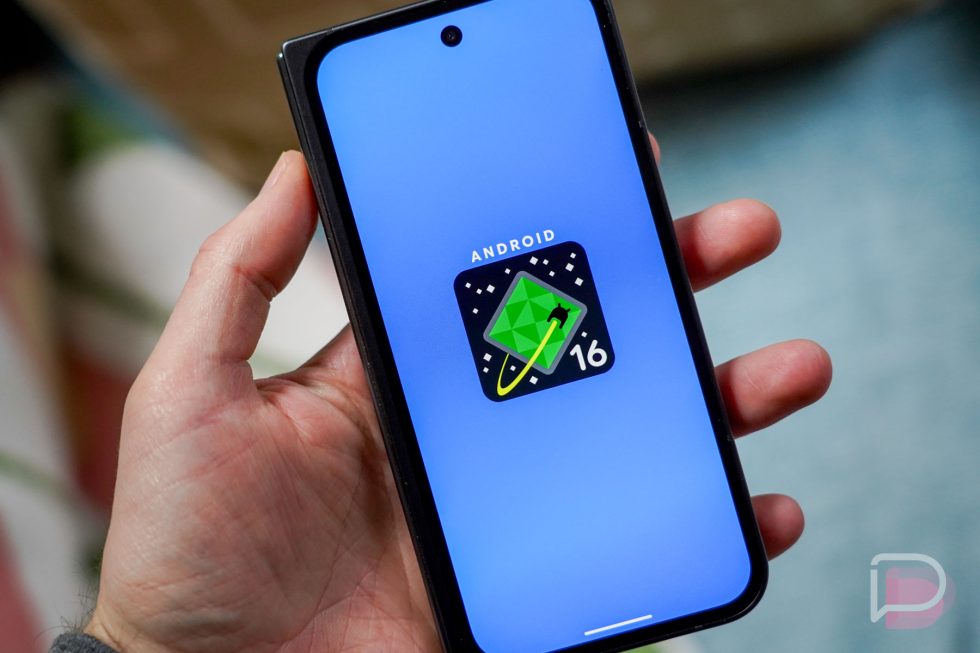





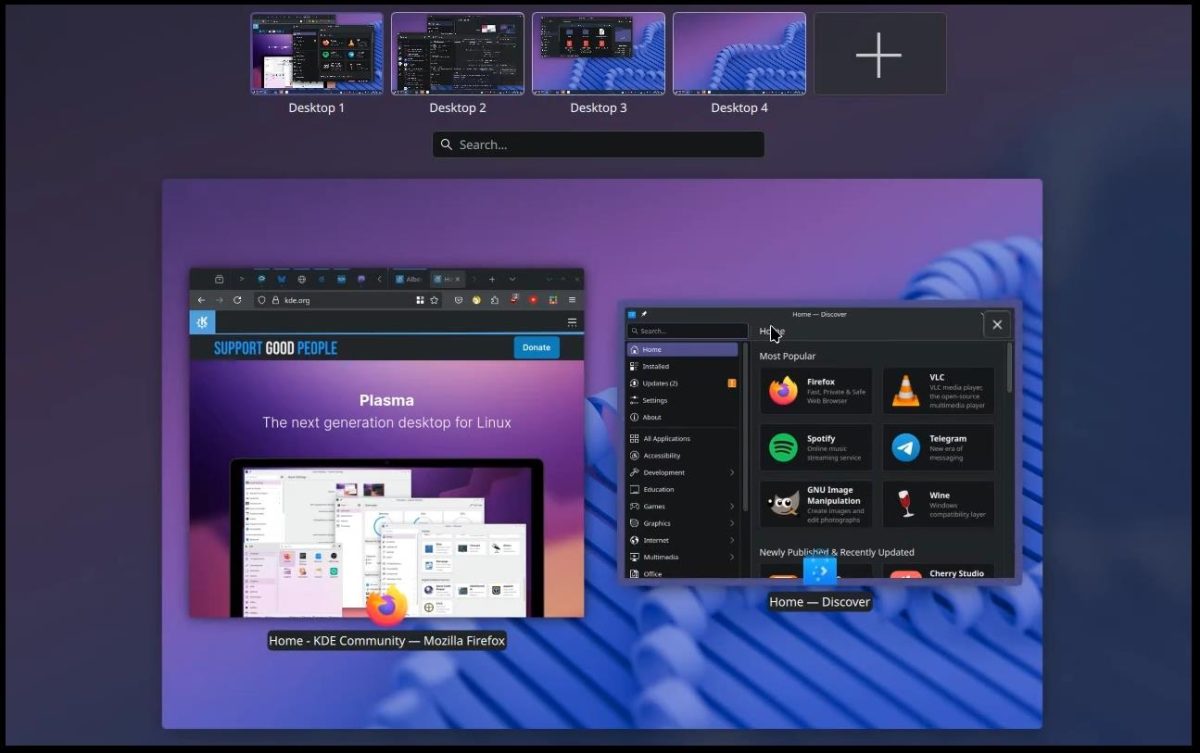




















![iOS 18 Adoption Reaches 82% [Chart]](https://www.iclarified.com/images/news/97512/97512/97512-640.jpg)
![Apple Shares Official Trailer for 'The Wild Ones' [Video]](https://www.iclarified.com/images/news/97515/97515/97515-1280.jpg)


















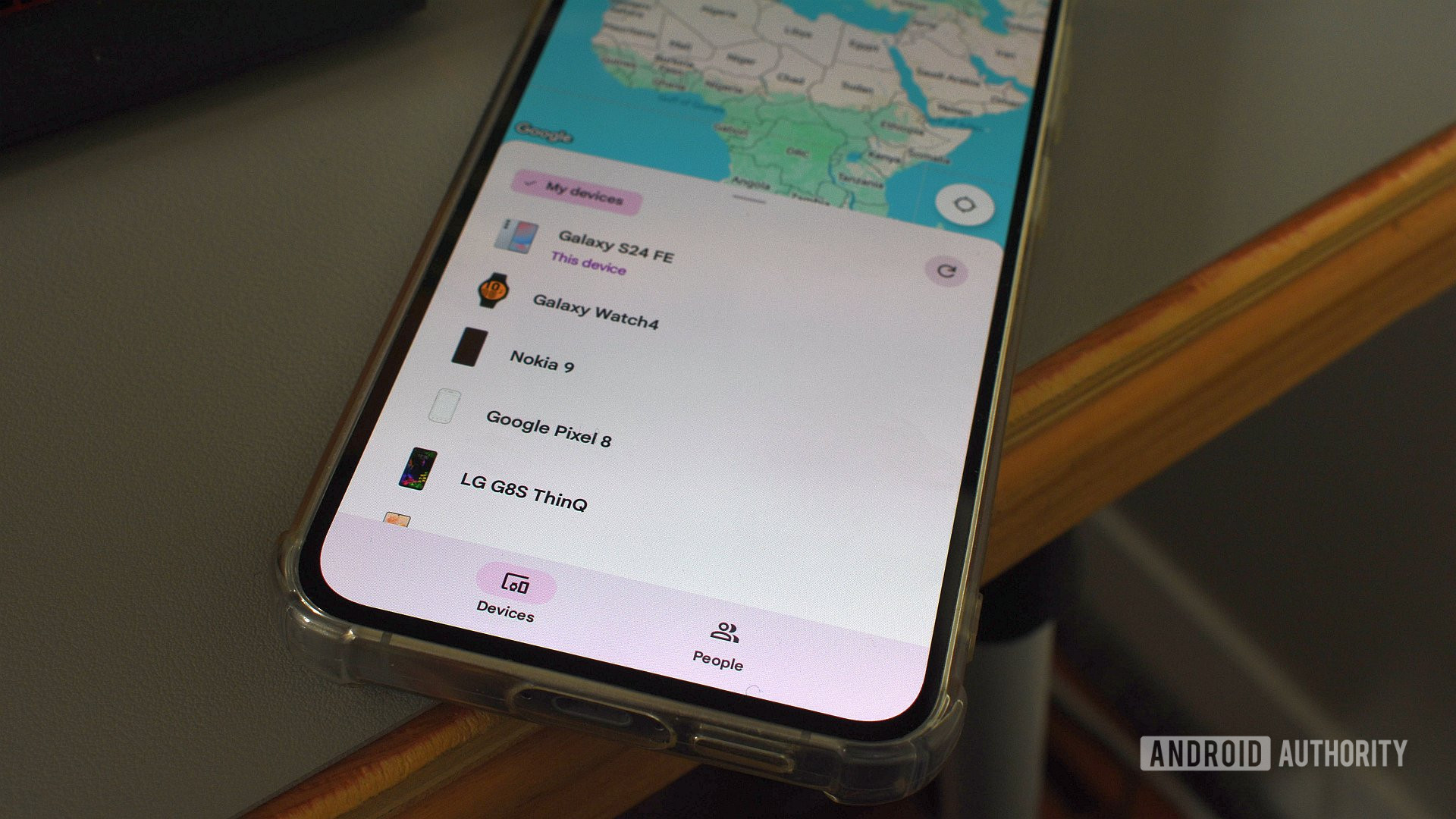



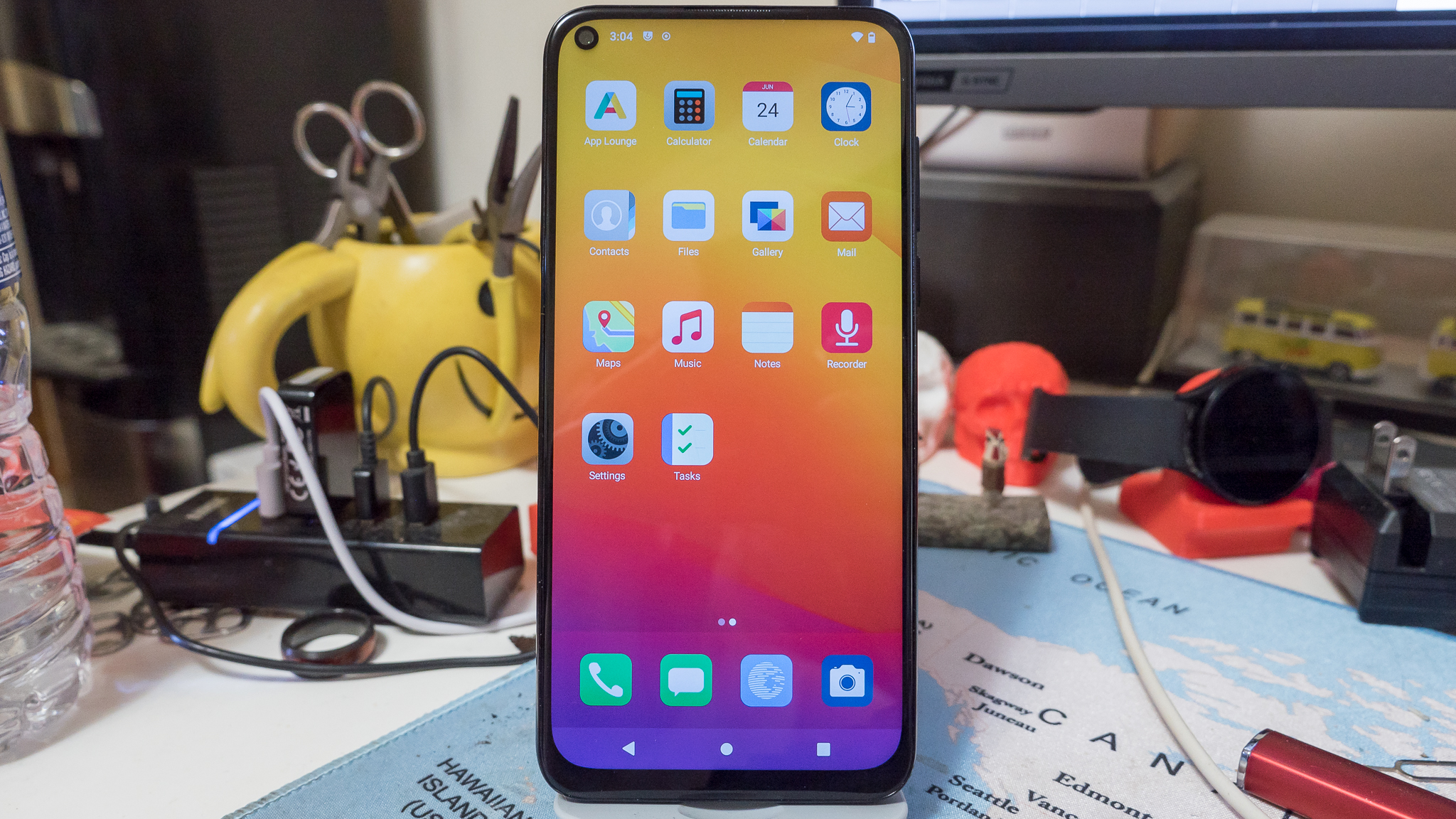
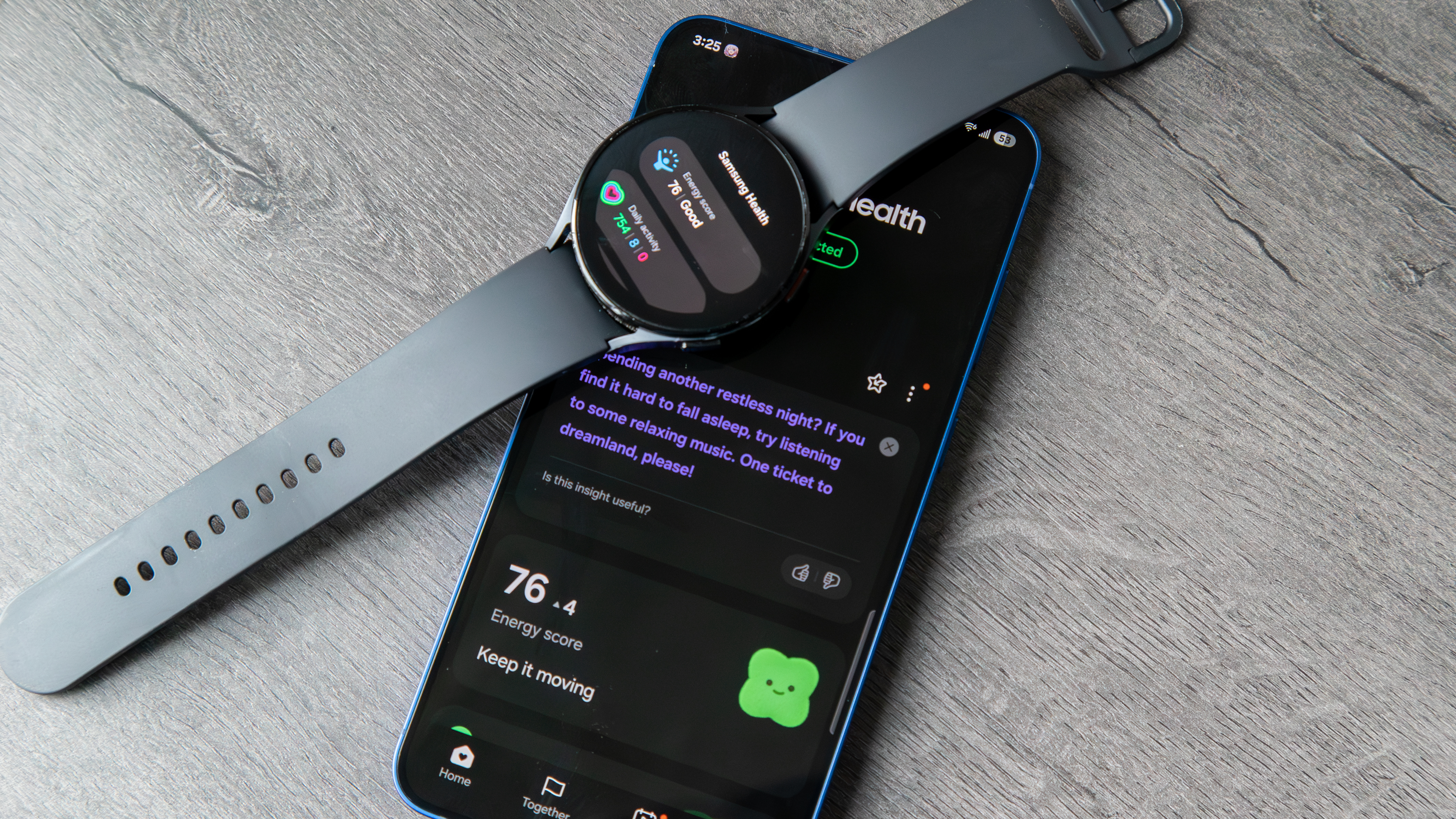
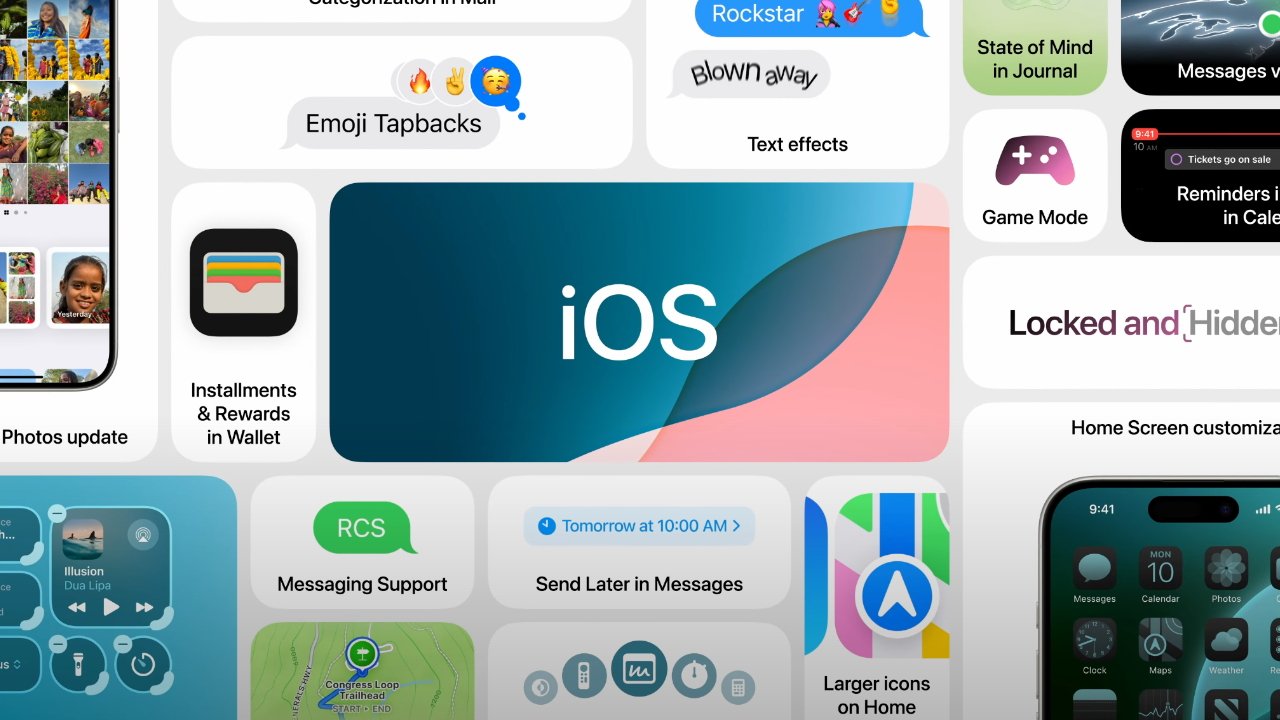










































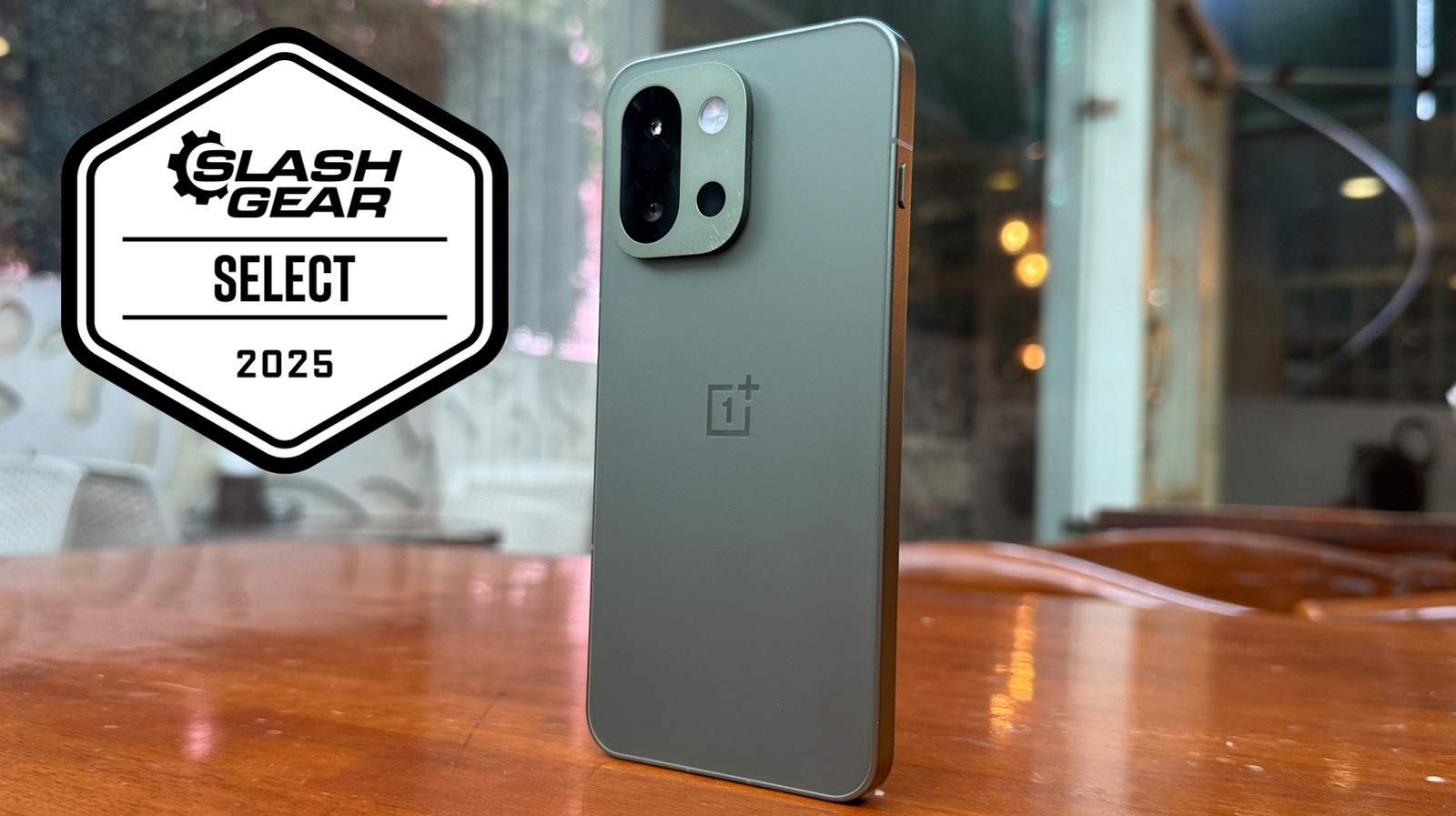






































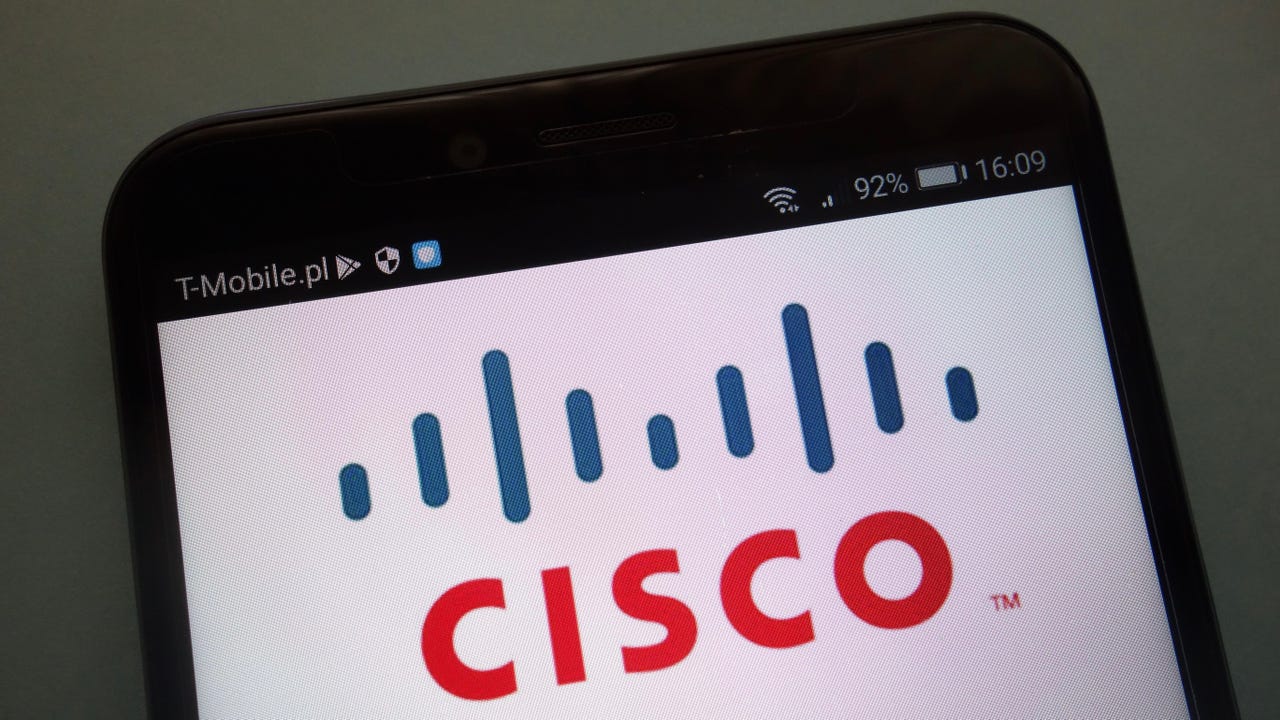



















































































































![[The AI Show Episode 151]: Anthropic CEO: AI Will Destroy 50% of Entry-Level Jobs, Veo 3’s Scary Lifelike Videos, Meta Aims to Fully Automate Ads & Perplexity’s Burning Cash](https://www.marketingaiinstitute.com/hubfs/ep%20151%20cover.png)











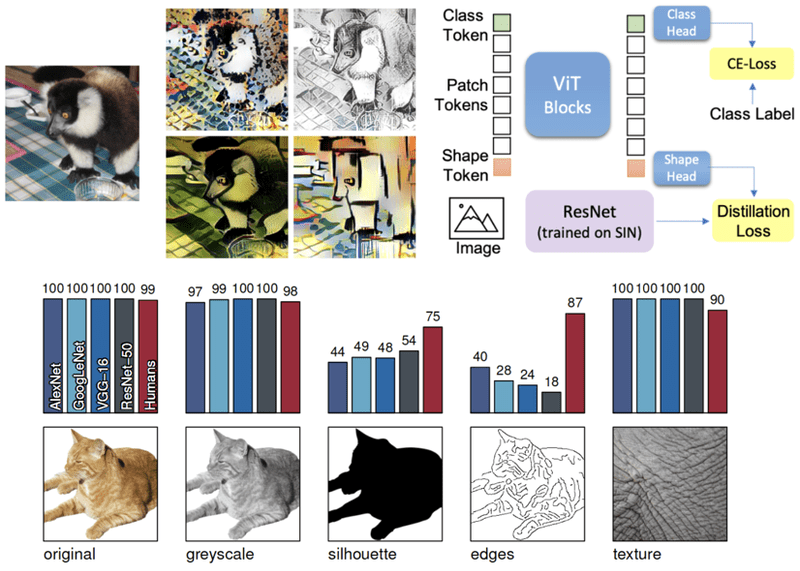




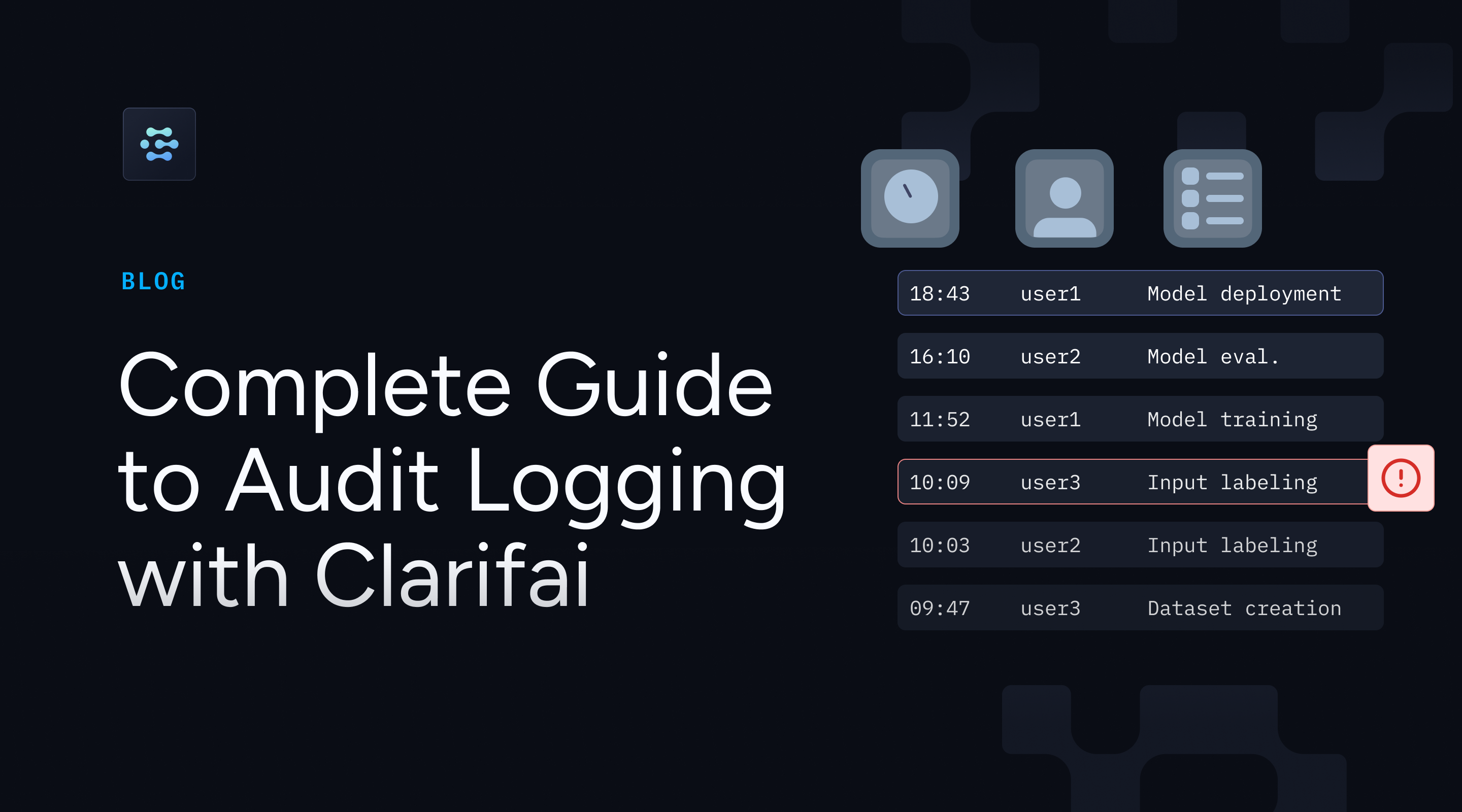









































































































































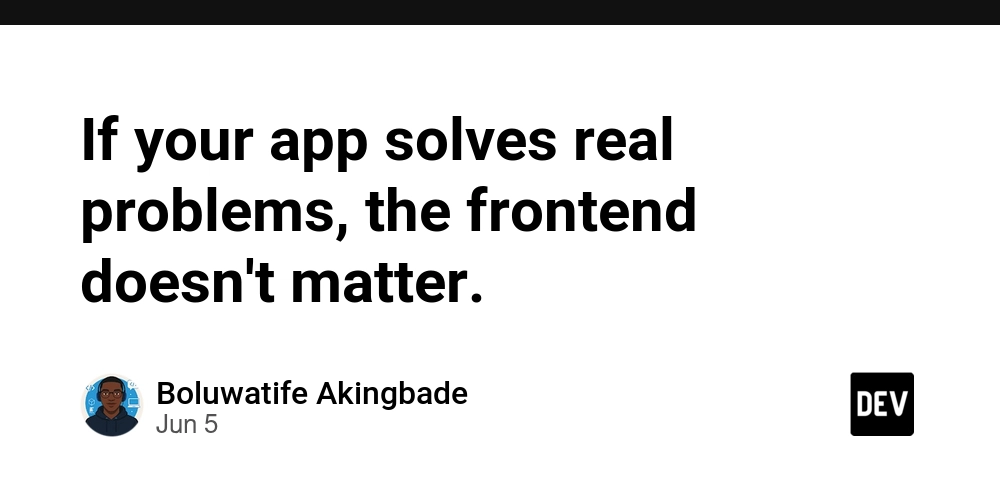
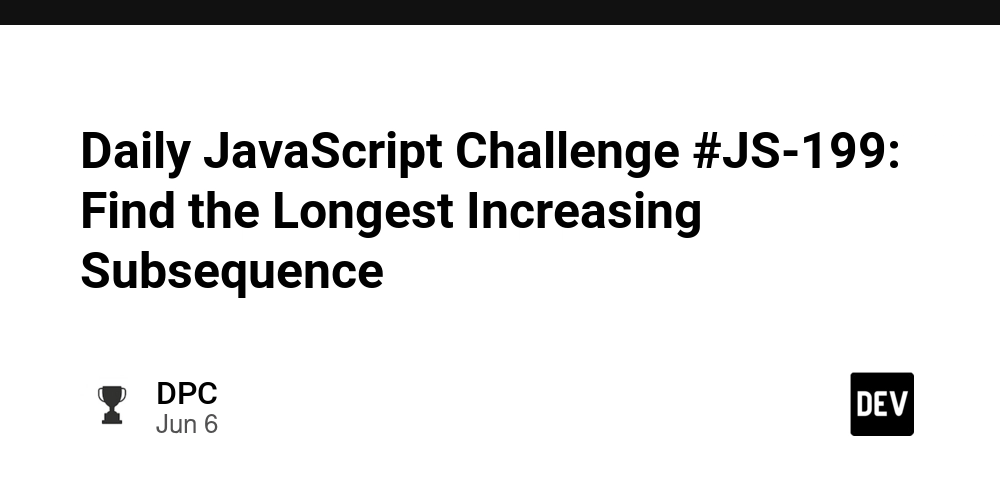






![[DEALS] FileJump 2TB Cloud Storage: Lifetime Subscription (85% off) & Other Deals Up To 98% Off – Offers End Soon!](https://www.javacodegeeks.com/wp-content/uploads/2012/12/jcg-logo.jpg)




















-0-8-screenshot.png?width=1920&height=1920&fit=bounds&quality=70&format=jpg&auto=webp#)
.jpg?width=1920&height=1920&fit=bounds&quality=70&format=jpg&auto=webp#)

































































